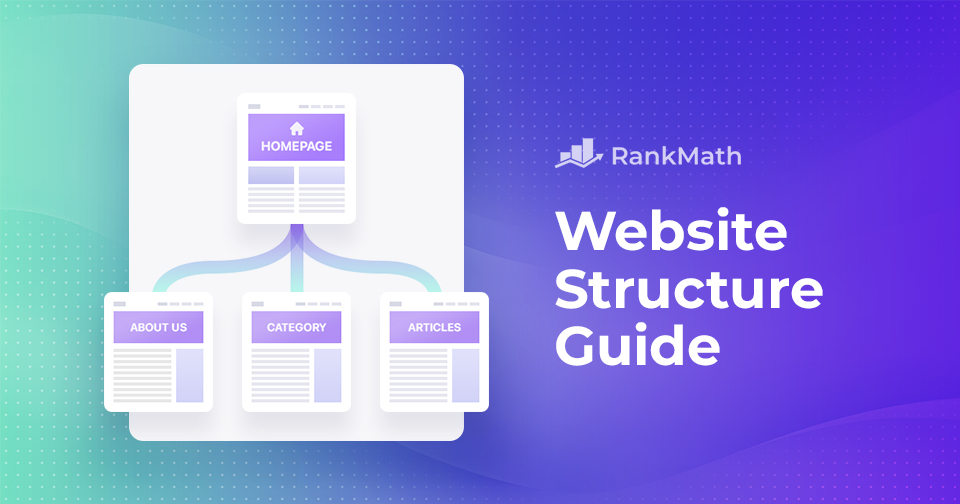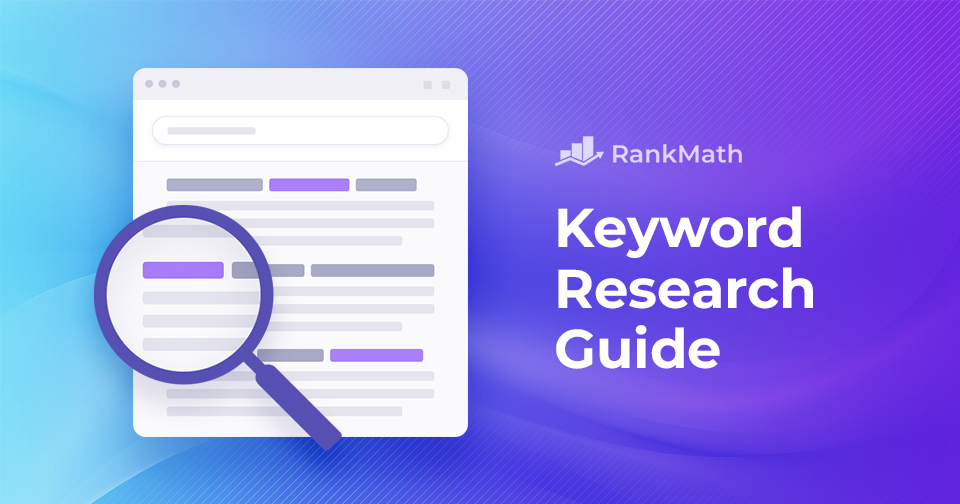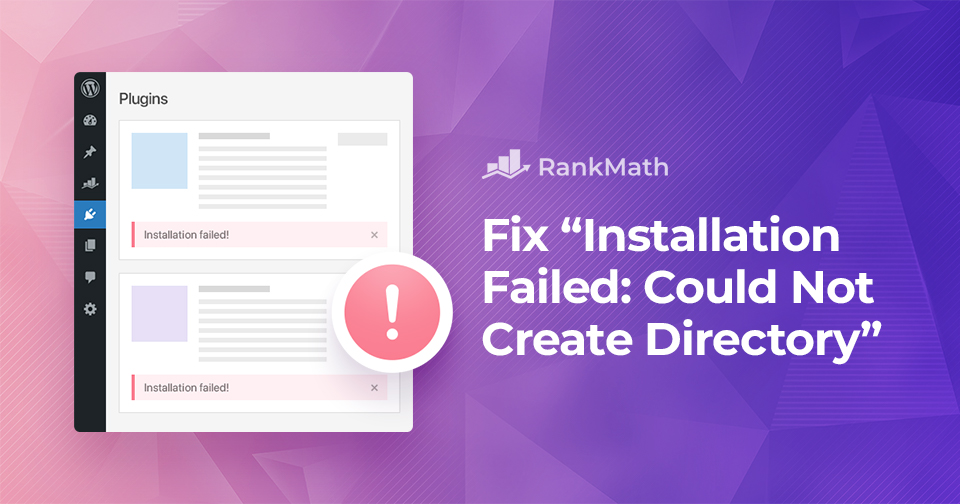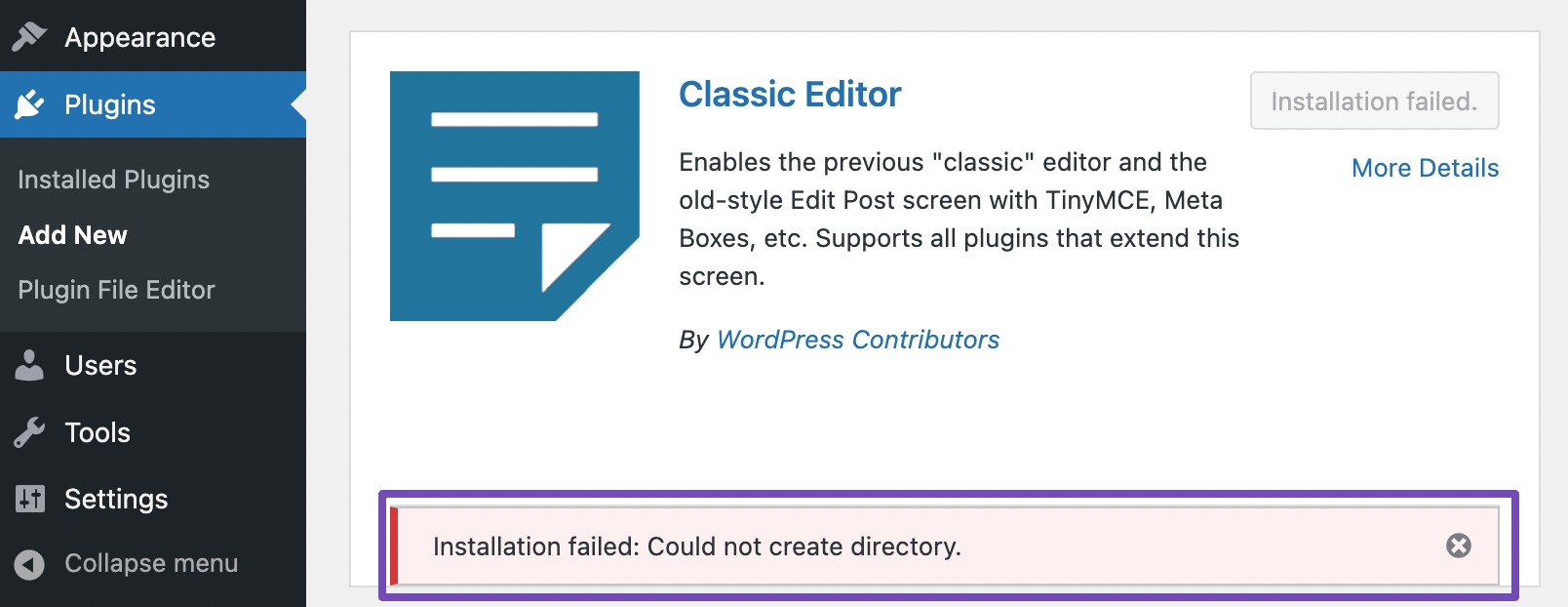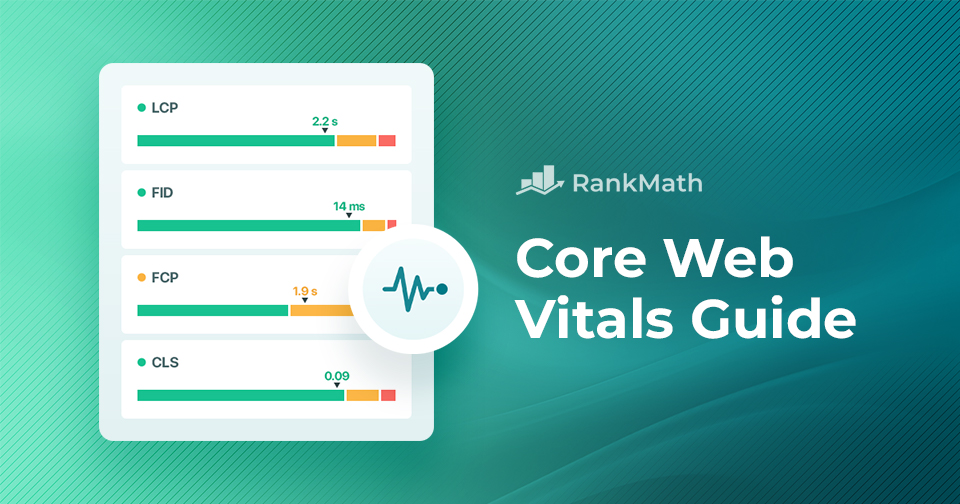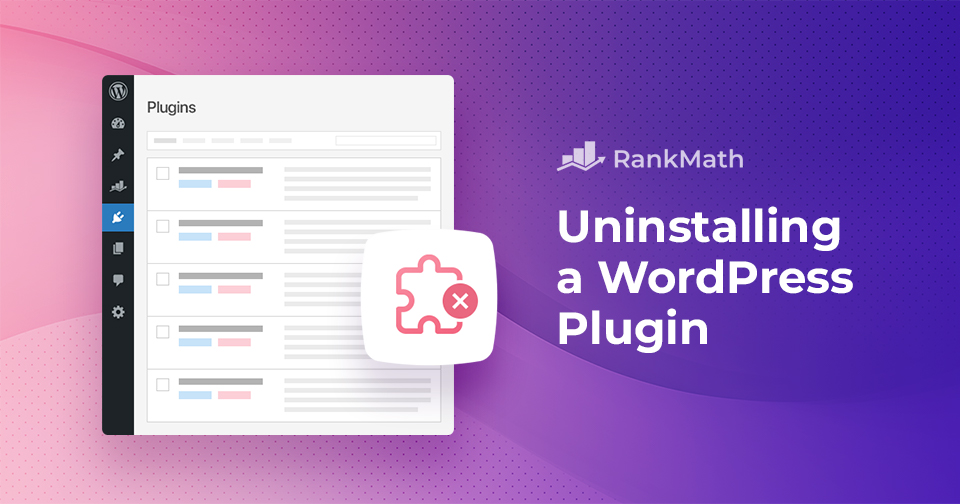Website Structure: Ultimate Guide to Effective Content Organization
Some websites are easy to explore, while others feel confusing and disorganized. The difference often lies in how the content is structured.
Good website structure does more than organize pages—it creates a smooth experience for visitors and helps search engines understand your site better.
In this guide, we’ll walk through what makes an effective website structure and how you can build one that works for both users and search engines.
So, without any further ado, let’s get started.
Continue Reading